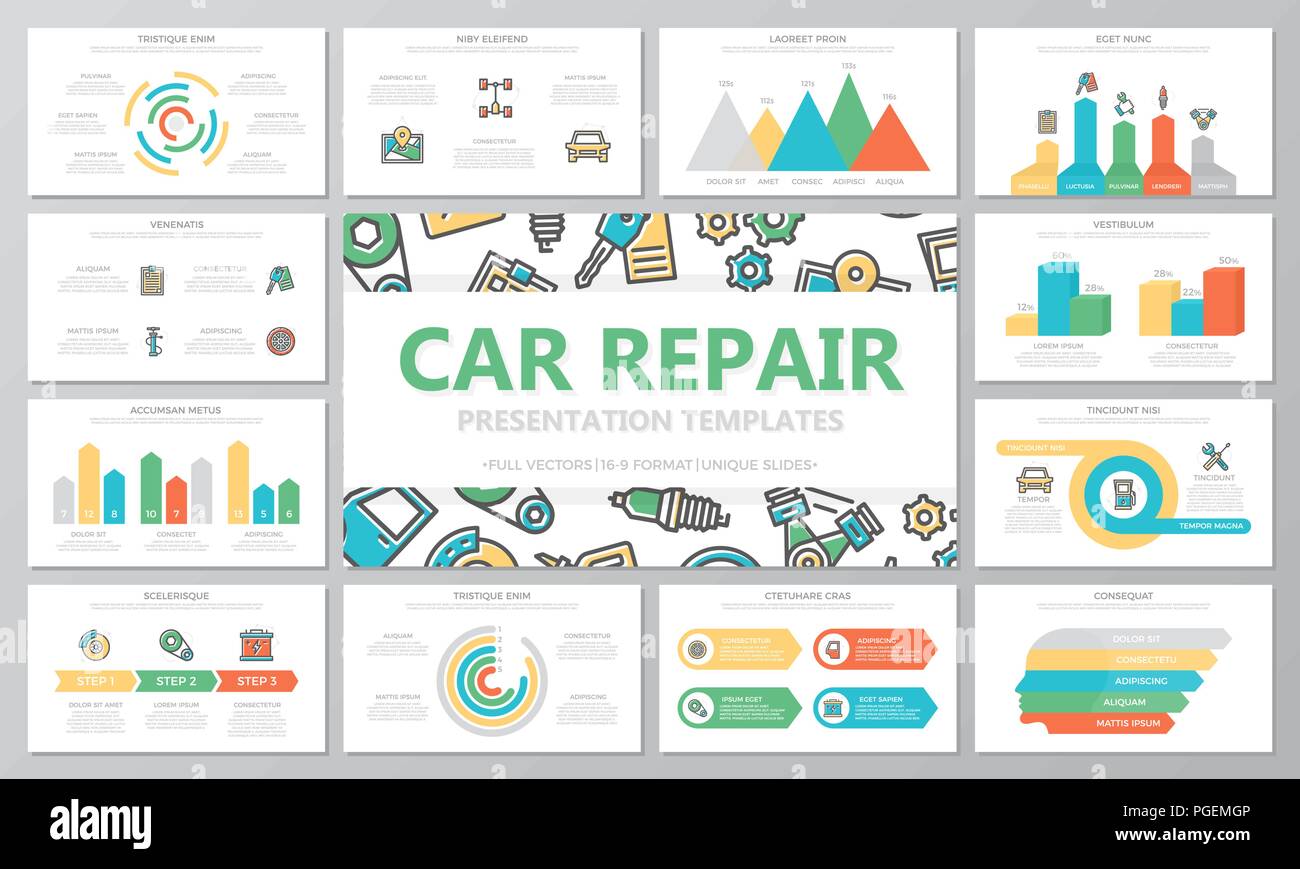Looking For Clearness On The Caution Lights Displayed On Your Cars And Truck'S Dashboard? Find Out How They Relate To Your Vehicle'S Health And Safety
Looking For Clearness On The Caution Lights Displayed On Your Cars And Truck'S Dashboard? Find Out How They Relate To Your Vehicle'S Health And Safety
Blog Article
Article Writer-Samuelsen Forbes
When you're behind the wheel, those radiant caution lights on your dashboard can be a bit perplexing. Do you know what they're attempting to inform you regarding your cars and truck's wellness? Comprehending the importance of these lights is important for your safety and security and the long life of your automobile. So, the following time one of those lights turns up, wouldn't you want to decipher its message properly and take the required steps to address it?
Common Caution Lighting and Interpretations
Identify usual warning lights in your vehicle and comprehend their significances to ensure secure driving.
One of the most normal caution lights consist of the check engine light, which indicates problems with the engine or exhausts system. If https://www.consumerreports.org/car-repair-shops/how-to-find-a-quality-car-repair-shop/ comes on, it's important to have your car checked without delay.
The oil stress alerting light indicates reduced oil stress, requiring prompt interest to stop engine damage.
A flashing battery light might suggest a damaged charging system, potentially leaving you stranded if not addressed.
cheapcarwashnearhowick,auckland (TPMS) light signals you to reduced tire pressure, affecting car stability and fuel performance. Ignoring this can lead to dangerous driving problems.
https://brakesnearme72615.get-blogging.com/31710055/do-you-want-to-figure-out-how-automation-and-robotics-are-transforming-the-dynamics-of-the-car-detailing-organization indicates an issue with the anti-lock braking system, jeopardizing your capability to stop swiftly in emergencies.
Last but not least, the coolant temperature level advising light warns of engine getting too hot, which can result in serious damage if not dealt with swiftly.
Comprehending these common caution lights will help you attend to concerns quickly and maintain secure driving problems.
Relevance of Prompt Interest
Comprehending the usual caution lights in your automobile is only the initial step; the value of immediately resolving these warnings can't be emphasized enough to ensure your safety and security when driving.
When a warning light illuminates on your control panel, it's your automobile's means of interacting a potential problem that needs interest. Ignoring these cautions can bring about a lot more extreme problems in the future, jeopardizing your safety and security and potentially costing you a lot more out of commission.
Trigger attention to advising lights can prevent break downs and mishaps. For auto detailing , a blinking check engine light might show a misfire that, if left ignored, could trigger damage to the catalytic converter. Addressing this promptly can conserve you from a pricey fixing.
Similarly, a brake system alerting light may signify reduced brake fluid or used brake pads, important parts for your safety when driving.
DIY Troubleshooting Tips
If you discover a caution light on your dashboard, there are a couple of do it yourself fixing ideas you can try prior to looking for specialist assistance.
The first step is to consult your car's handbook to understand what the specific caution light shows. Occasionally the problem can be as easy as a loosened gas cap activating the check engine light. Tightening up the gas cap might fix the issue.
Another common issue is a low battery, which can activate numerous alerting lights. Inspecting the battery links for corrosion and ensuring they're safe and secure might fix the problem.
If a caution light lingers, you can attempt resetting it by separating the car's battery for a few minutes and then reconnecting it. Additionally, checking your vehicle's fluid degrees, such as oil, coolant, and brake fluid, can assist fix cautioning lights related to these systems.
Verdict
In conclusion, recognizing your automobile's caution lights is essential for maintaining your automobile running efficiently and securely. By quickly dealing with these signals and recognizing what they mean, you can prevent costly fixings and possible malfunctions.
Bear in mind to consult your vehicle's guidebook for particular information on each advising light and do something about it appropriately to guarantee a hassle-free driving experience.
Remain notified, stay safe when driving!
